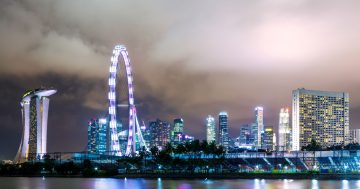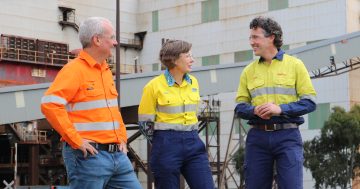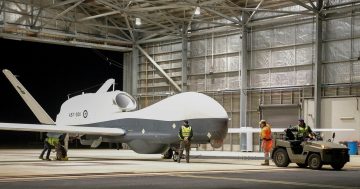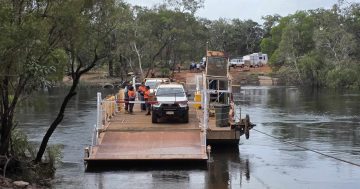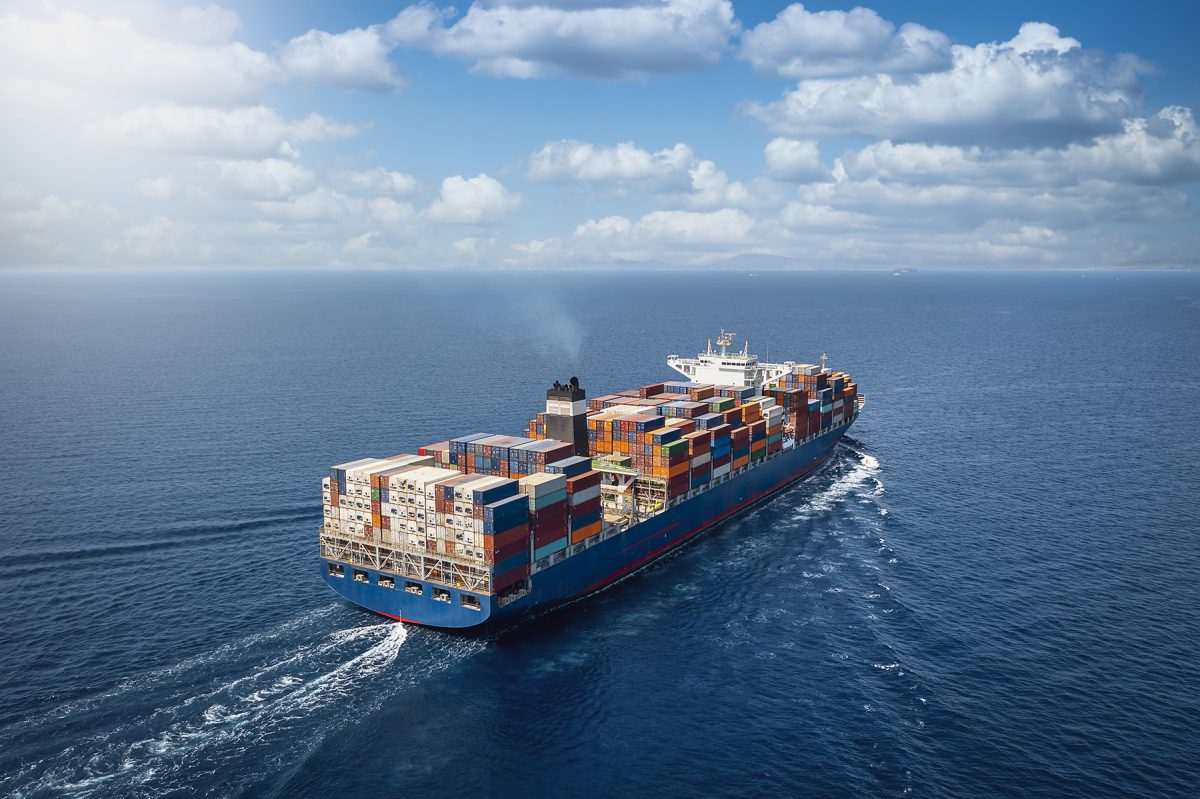
ASLET will facilitate the research, demonstration, and commercialisation of zero and near-zero greenhouse gas emission technologies, fuels and energy sources for use in maritime shipping and port operations. Photo: CSIRO.
The governments of Australia and Singapore have struck a $20 million deal to accelerate their collaboration on decarbonising and digitising shipping routes between the two countries.
Under the Australia-Singapore Initiative on Low Emissions Technologies (ASLET), the partnership is expected to unlock new fuel solutions, bolster the uptake of zero or near-zero greenhouse gas (GHG) emission technologies, and look at cooperative opportunities in green shipping and port infrastructure initiatives.
On 5 March at the ninth Annual Leaders’ Meeting, the two governments signed a memorandum of understanding to formally establish the Singapore and Australia Green and Digital Shipping Corridor (GDSC). Each country has provided $10 million through ASLET, which was created to support the GDSC.
It was welcomed by each country as a significant opportunity, with Singapore positioned as the world’s largest fuel supply port and the potential for Australia to be a leading producer and exporter of low-emission fuels.
ASLET will be jointly delivered by Australia’s national science agency, CSIRO, and the Maritime and Port Authority of Singapore (MPA).
CSIRO Chief Executive Dr Doug Hilton said the collaboration addressed key industry challenges faced when adopting low-emission fuels.
“In order to reach net-zero greenhouse gas emissions from international shipping close to 2050, we need to find reliable, trusted scientific solutions for the industry,” Dr Hilton said.
“We need to focus on transitioning to low-emission fuels such as ammonia and hydrogen by developing accessible technology and infrastructure at ports that supports a range of vessels.
“Collaborating with MPA and also industry partners from both countries, we aim to accelerate the decarbonisation of the supply chain and help revolutionise the industry.”
The MPA was established in 1996 to develop Singapore as a premier global hub port and international maritime centre.
Last year Singapore’s annual vessel arrival tonnage reached 3 billion gross tonnage, with a total container throughput of 39 million 20-foot equivalent units (TEUs). In other words, the MPA helped lock in the city-state as the world’s busiest transshipment hub.
MPA Chief ExecutiveTeo Eng Dih said ASLET had the potential to translate research outcomes from both countries’ scientific communities and help scale up the production and development of low-emission fuels and technologies.
The ASLET Steering Committee will be led by representatives from MPA, CSIRO and Singapore’s Agency for Science, Technology and Research (A*STAR). It has been established as part of a joint collaboration agreement that aims to provide ASLET with strategic direction, but also evaluate and approve potential low-emission technology projects.
The committee’s first meeting will be on Friday (19 April) as part of the 2024 Singapore Maritime Week convention, which is being held at the Suntec Convention and Exhibition Centre.
The committee intends to issue a grant call for the development of projects consistent with the objectives of the ASLET and GDSC. However the program is also expected to attract co-funding with industry.



